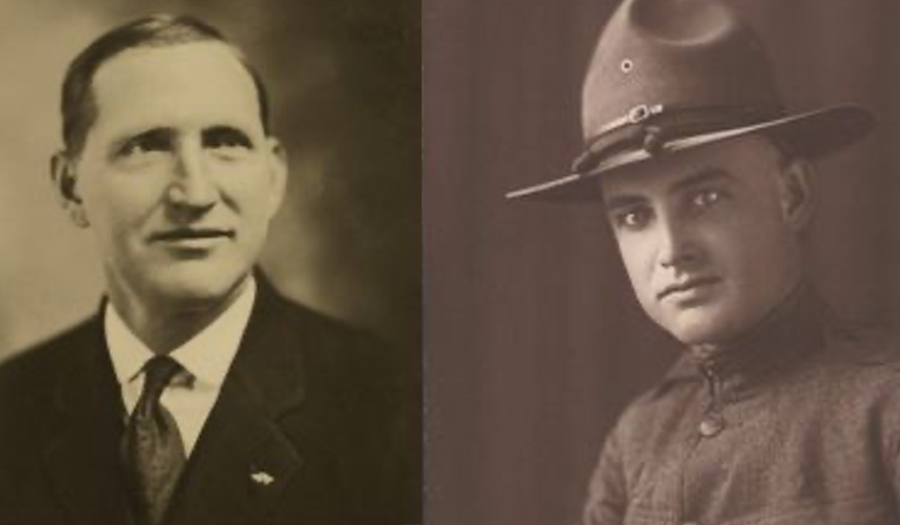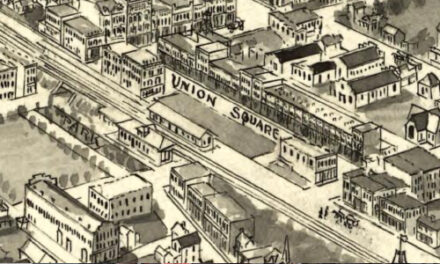
There is not another name in western North Carolina more synonymous with the 20th century furniture industry than Broyhill. It was not one, but two Broyhills that are responsible for that recognition. Brothers, Tom and Ed brought the family name forward and paired seamlessly to create a dominant manufacturing company, second only to Drexel in size.
The first to get into the furniture business was Tom Broyhill, although that wasn’t his original intention. From a farm family in Boomer (a community between Lenoir and Wilkesboro) Tom intended to make his money as a sawmiller. He used the new technology of the era to start his own business. In that day portable steam engines allowed greater flexibility of power away from rivers and streams, where water had been a long-used source. The new option meant that Tom could bring the saws to the trees instead of having to haul whole trunks to a permanent sawmill site. These portable mills (called peckerwood mills) sawed up the wood near where the tree fell. Tom wasn’t the only rural entrepreneur operating such a mill, but he was shrewd. He supplied wood to the Kent Furniture and Coffin Company and when they couldn’t pay for all the lumber he supplied, they offered him a four percent stake in the company instead of payment. He took it.

The Brothers Broyhill, Tom & Ed as young men. Together, they would forge a furniture making powerhouse.
From there, Tom was in the furniture business. His share of the company grew to the point that that he bought out the original owner. Under its new name, the Lenoir Furniture Corporation, Tom took control with his new partner, R.L. Steele. Tom’s position as president of Lenoir Furniture gave the eldest of the five Broyhill brothers the opportunity to hire the youngest, Edgar.
Ed was twelve years younger than Tom. He had worked for his older brother during the sawmill days, but had since gone to Boone to attend Appalachian State Teachers College, before enlisting in the U.S. Army during World War I. At the end of the war, Ed came back and went to work for Tom. It was a unique working relationship. Tom did not pay Ed a salary, but gave his younger brother an $1,800 bonus at the end of the year, which Ed used to buy stock in Tom’s company.
The kid brother never had a job description. He just did whatever Tom needed. The working relationship was so good that Tom’s son Ted, described them as working together like “two greased bearings.” He also called the Broyhill brother duo “the greatest team I have ever known.”
So it might come as a surprise when after six years, Ed decided to strike out on his own. Those years with the Lenoir Furniture Corporation had been a real education for Tom’s younger brother. He took that learning into a new venture, the Lenoir Chair Company. During his years with brother Tom, Ed had married. He and his wife, Sadie Hunt Broyhill set up housekeeping at the corner of College Avenue and Norwood Street in Lenoir, now headquarters for the Caldwell Arts Council. The basement of that house is where Ed started his chair company. It grew quickly and didn’t stay in the
Now Lenoir had two furniture factories run by Broyhills. How did Tom feel about Ed’s move? Next week, same sofa time, same sofa pages.








